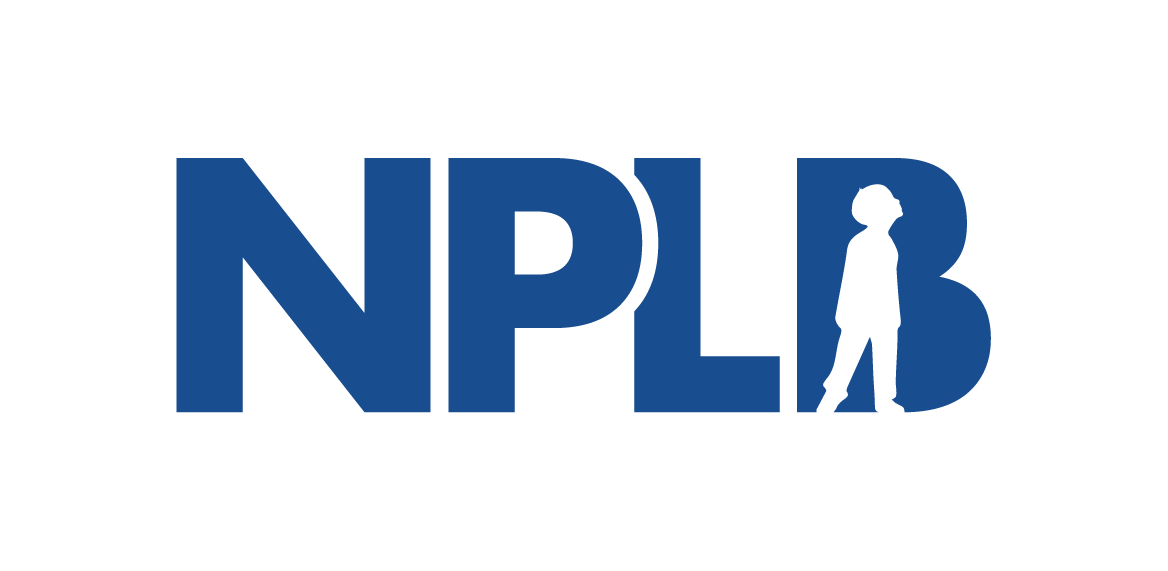
The Quest to Cure Muscular Dystrophy
We all play a role in progress.
Over 250,000 Americans, including children, are living with muscular dystrophies, a group of genetic disorders that causes their muscles to grow weaker. Meet some of the biotech innovators working to develop new medicines to better treat—and even cure—these diseases.
This video features:
Over 250,000 Americans, including children, are living with muscular dystrophies, a group of genetic disorders that causes their muscles to grow weaker. They lose their strength, the ability to move, talk, or even breathe. Some children never gain the ability to walk. Others lose it. Duchenne, Becker, and Myotonic muscular dystrophy are some of the most recognized forms.
But there is hope.
Many small biotech companies, including mine, are working on remarkable new technologies to treat and even cure muscular dystrophies. And there's a good chance you are helping us. Here's how.
If you're saving for retirement, as millions of working Americans are, there's a good chance some of your savings is invested in biotechnology and maybe even indirectly in my company. So thank you.
I know my investors are investing for their financial security and hope my product will be profitable. I hope so too. But profitable doesn't mean unaffordable thanks to insurance.
Insurance is possible because you and most Americans pay premiums. Our premiums make it possible for novel medicines to be both profitable and affordable. Only 8% of what we pay each month in insurance premiums goes towards novel branded medicines, creating incentives for investment in work like ours. So thank you and thanks to everyone who makes this possible.
But insurance in America doesn't always do what it promises. Some patients can't afford their medicines because of unaffordable high out-of-pocket costs. Congress is talking about capping those costs, which is the right idea. We certainly aren't inventing new medicines for anyone to be denied access to them.
Unfortunately, some people, including members of Congress, think that the way to help patients afford treatment is by letting the government control the prices of novel medicines. The problem is that price controls drive investors away, and that's the case not only with biotechnology, but in any industry.
If the reward for successfully developing a medicine is a government price control, I know my investors will invest somewhere else. I can't blame them. They are looking out for their hard-earned savings.
And price controls on novel medicines won't even save America money because what's special about medicines is they go generic. Novel medicines are branded until their patents expire. After that, they drop in price and cost Americans very little.
If we stop investing in the pursuit of cures for muscular dystrophies, we'll be stuck having to manage these diseases with hospitals. And those costs will only climb—hospitals never go generic.
If we stop investing, millions of Americans will go on suffering, missing work, relying on caregivers, and losing precious time with loved ones. And our insurance premiums, which largely go to pay for hospitals and seeing doctors, will continue to climb.
So let's hope that Congress does not resort to price controls that turn investors away from research like ours, but instead caps out-of-pocket costs for patients. Insurance reform is the solution that will allow all of us—by investing, paying premiums, and doing science—to create new affordable medicines together.
So again, thank you. Thank you for your support, for helping make breakthroughs by companies like ours possible. Thank you for helping us strive to bring new treatments to people who desperately need them. Thank you for being part of the massive team effort to build a healthier, happier, and more productive future.
And every time you check your retirement account or see that insurance deduction on your paycheck, we hope you don't just see numbers, but the promise of scientific progress. We hope that you'll see the brighter, healthier future that you are helping us to build.
So again, thank you.

